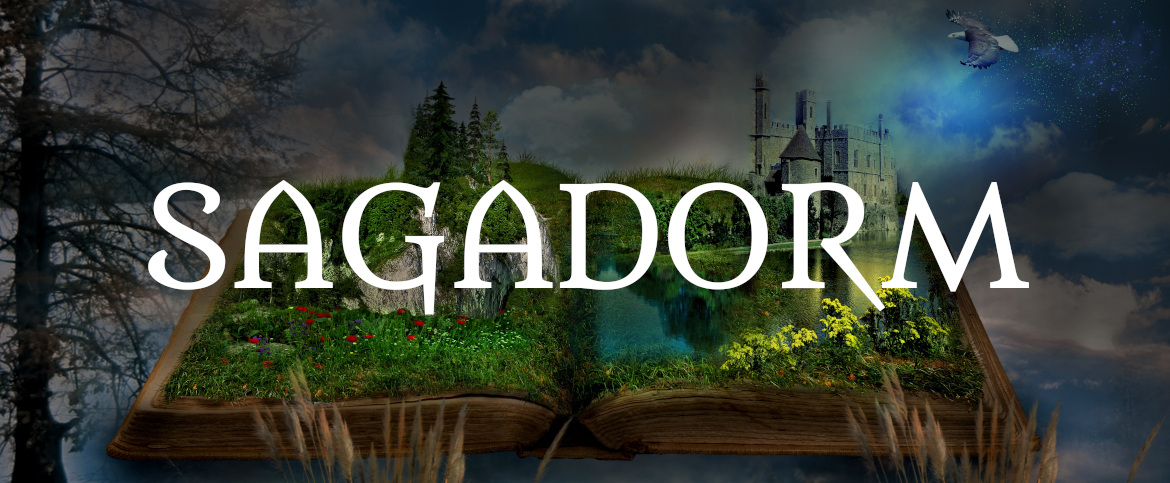The Hurgh (herg)
Creationist History
The world of Sagadorm is a planet that has been formed out of the corpse of the silver Celestial Dragon, Argentric.
A narrative of Sagadorm's creation is found in the short story, The Celestial's Condescension
When the corpse of the silver Dragon collapsed upon itself into a sphere, many of the physical characteristics of the great Dragon's corpse remained. The center of the moon-sized planet has melted into a molten core. The surrounding layers of mantle are composed of melted elements sufficiently dense to ensure that the gravity on the planet is equivalent to earth without the earth size.
The surface of Sagadorm is the rotten remains of the all five dragons' flesh. The biological matter of the skin and flesh deposited into the soil. The variety of the train in the mountains came from the geological processes that shifted the tectonic plates of scales. It also includes the remains of the other dragons that fought in the final battle. The water from the ice dragon, Hydronic. The atmosphere for the air dragon, Caelic. The mountains from the earth dragon, Petric. And the molten core ignited by the fire dragon, Phenic. The solid core at the center of the planet is the chrystalized magical core of Argentric. This is the terrestial source of magic. The solid cores of the other four dragons remain in orbit as Sagadorm's four moons.
Geological Composition
There is a fairly thick layer between the decomposed surface and the molten core that is petrified Dragon flesh. The exact name is still to be determined.
This portion of Sagadorm was not melted by the planetary core nor was it eroded into dust on the surface. The "dragons flesh" remains intact a large network of petrified blood vessels form huge networks of caves and tunnels throughout the dragons flesh. These vessels can go on for miles.
The size of these tunnels would change depending on if it is an artery, vein, or capillary. There should be arterial valves in some.
The petrified walls of the vessels are pretty consistent and make great building materials. The real treasures of the "dragons flesh" is found in the cellular petrified "flesh" between the other vessels.
The main contents after they mined through the vessel walls are "cells" of different types. These cells are part of the muscle tissue that contain petrified materials that can be harvested and refined for raw materials.
Cellular Composition
Celestial dragon cells are roughly rectangular in shape as they were compacted when petrified. They measure roughly 2 feet by 1 foot by 1 foot (60 cm by 30 cm by 30 cm).
The parts of the dragon's cells have many discovered properties that have been harnessed by humans.
- Cellular Membrane: Unknown
- Cellular Nucleus: Unknown
- Mitos or Petrified Mitochondria: These minerals are used as "core" replacements when blessed animals are unavailable to have their core harvested. Most mito weighs a couple of grams and are a couple of milimeters in length.
- Cytoplasm: Petrified rock in the cells that provides intense concentration of healthy minerals. When ground down, the cytoplasm serves as a vitamin and mineral supplement added to the foodstuffs for wyrm ranching.
Summer Camp Notes:
How does this relate to Totems of Trilenius?
The totems can use the cells to charge up their powers in the same way fairies used cores to augment their powers. Heros using totems can improve their own improvement. Cores and cells as short power boosts.





Comments